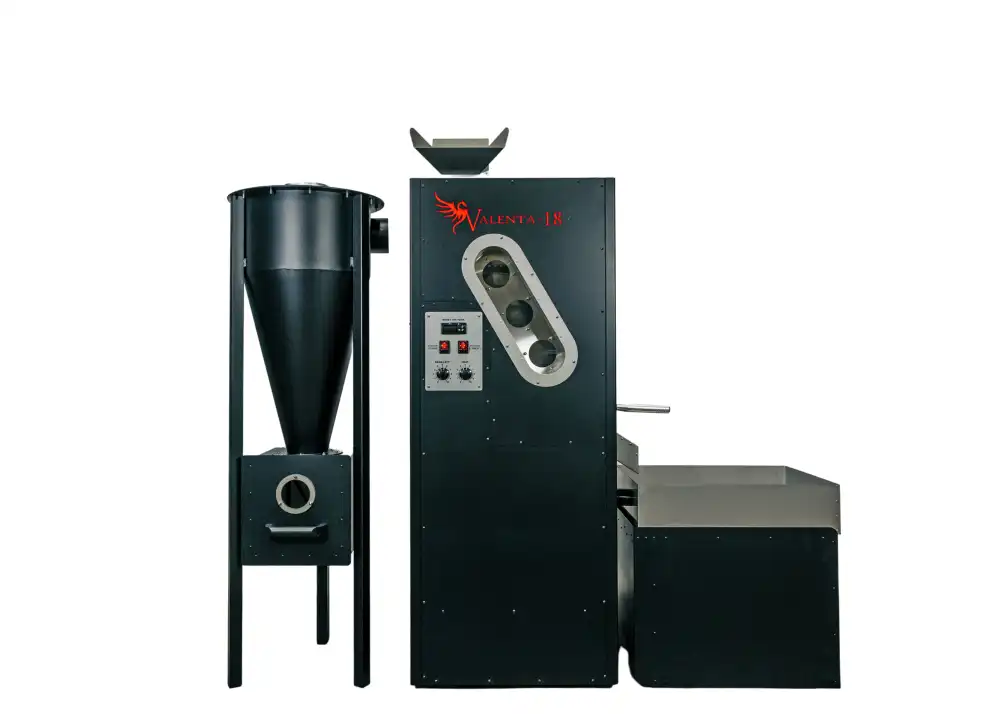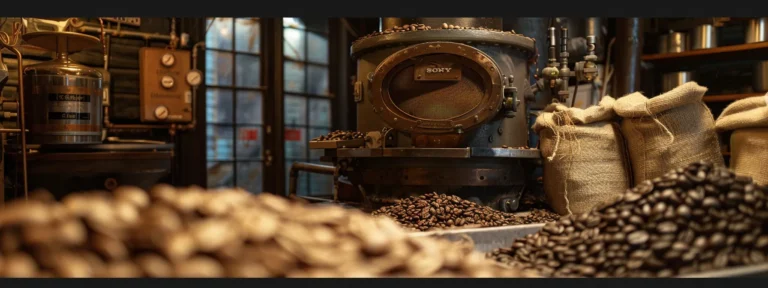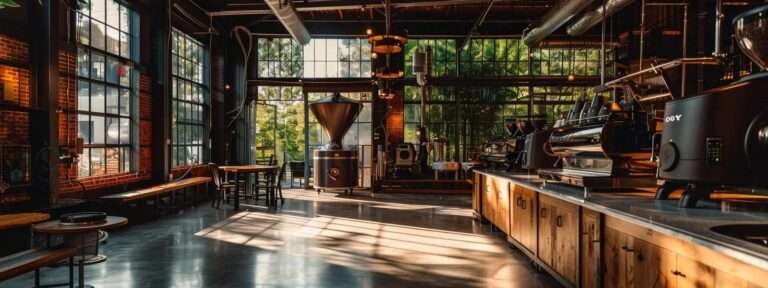Introduction to Coffee Chemistry
For many coffee enthusiasts, the allure of a perfect cup lies in its complex flavors, enticing aromas, and the rich body that lingers on the palate. But achieving this perfect balance is no accident. It’s the result of a delicate dance of chemistry and heat, transforming raw coffee beans into the roasted gems that fuel our daily rituals. This article delves into the fascinating science behind coffee roasting, exploring the chemical changes that occur and how they influence the final cup profile.
The Basics of Coffee Chemistry
At its core, coffee roasting is a process of applying heat to green coffee beans to bring out the desired flavors, aromas, and colors. But what actually happens at the molecular level during roasting? The answer lies in the complex interplay of several chemical reactions that convert the raw compounds in the beans into the familiar characteristics we associate with roasted coffee.
The Composition of Green Coffee Beans
Green coffee beans are composed primarily of carbohydrates, proteins, lipids, water, and various organic acids. The key components that play a significant role in the roasting process include:
- Carbohydrates: Primarily polysaccharides such as cellulose and starch.
- Proteins: Chains of amino acids that contribute to Maillard reactions.
- Lipids: Fatty acids and oils that affect flavor and body.
- Organic Acids: Chlorogenic acids, citric acid, malic acid, and others.
- Water: Comprising about 8-12% of the bean’s weight.

The Key Chemical Reactions in Coffee Roasting
Several chemical reactions occur during the roasting process, each contributing to the development of the coffee’s flavor, aroma, and texture. The most notable reactions include the Maillard reaction, caramelization, and the breakdown of chlorogenic acids.
The Maillard Reaction: Creating the Complexity
The Maillard reaction is perhaps the most significant chemical process in coffee roasting. It occurs when amino acids and reducing sugars react at high temperatures, producing a range of flavor and aroma compounds. This reaction begins at around 302°F (150°C) and accelerates as the temperature rises.
The Maillard reaction is responsible for creating hundreds of different compounds that contribute to the complex flavor profile of roasted coffee. These include notes of nuttiness, toastiness, and even some fruity and floral characteristics.
“The Maillard reaction is the cornerstone of coffee flavor development. It’s where the magic happens, transforming simple sugars and proteins into a symphony of taste.” – CoffeeCrafters Roastmaster
Caramelization: Sweetness and Depth
Caramelization is another crucial reaction that occurs during roasting. This process involves the breakdown of sugars in the coffee bean as temperatures exceed 356°F (180°C). Unlike the Maillard reaction, caramelization does not involve amino acids but focuses solely on sugars.
Caramelization adds sweetness and depth to the coffee, producing notes of caramel, toffee, and chocolate. However, if pushed too far, it can lead to bitterness, which is why careful control of the roast profile is essential.
The Breakdown of Chlorogenic Acids: Acidity and Brightness
Chlorogenic acids are the most abundant acids in green coffee beans, and their breakdown during roasting significantly impacts the coffee’s acidity. As the beans roast, chlorogenic acids decompose into quinic acid and caffeic acid, which influence the perceived acidity and brightness in the cup.
The extent of chlorogenic acid breakdown is closely tied to the roast level. Light roasts tend to retain more of these acids, resulting in a brighter, more acidic flavor. Darker roasts, on the other hand, see a greater reduction in chlorogenic acids, leading to a smoother, less acidic cup.
The Role of Water in Coffee Roasting

Water plays a critical role in the roasting process, influencing both the physical and chemical changes in the beans. Green coffee beans contain around 8-12% water by weight, which begins to evaporate as the beans heat up.
The evaporation of water affects the bean’s structure, leading to expansion and the formation of the characteristic cracks (first and second crack) that indicate different stages of the roast. The loss of water also concentrates the remaining compounds, enhancing the intensity of the flavors developed during roasting.
Flavor Development and Roast Profiles
The roast profile—the precise control of time, temperature, and airflow during roasting—determines how the various chemical reactions unfold. Understanding how to manipulate these variables allows roasters to craft specific flavor profiles, whether aiming for a light, bright roast or a dark, bold cup.
Light Roasts: Highlighting Acidity and Origin Characteristics
Light roasts are typically roasted to an end temperature between 356°F and 401°F (180°C to 205°C), just after the first crack. These roasts preserve the majority of the bean’s original acids, resulting in a cup that emphasizes brightness, floral notes, and the unique characteristics of the coffee’s origin.
Medium Roasts: Balance and Complexity
Medium roasts reach temperatures between 410°F and 428°F (210°C to 220°C), balancing the acidity with deeper caramelization and Maillard reaction products. The result is a cup with a well-rounded flavor profile, offering both the brightness of a light roast and the sweetness and body of a darker roast.
Dark Roasts: Boldness and Bitterness
Dark roasts are taken beyond the second crack, with end temperatures often exceeding 464°F (240°C). At this stage, much of the original acidity is diminished, replaced by robust, smoky, and sometimes bitter flavors. These roasts are favored for their boldness and intensity, often used in espresso blends.
The Impact of Roasting on Caffeine Content

A common myth in coffee roasting is that darker roasts have more caffeine than lighter roasts. In reality, caffeine content remains relatively stable throughout the roasting process. However, as beans roast and lose water, they become less dense, meaning that a scoop of dark roast coffee contains slightly less caffeine by volume compared to a scoop of light roast.
For those concerned with caffeine levels, the primary consideration should be the coffee-to-water ratio rather than the roast level.
Conclusion
Understanding the science behind coffee roasting is key to mastering the art of crafting the perfect cup. From the intricate Maillard reactions to the delicate balance of caramelization and acidity, each stage of roasting unlocks unique flavors and aromas hidden within the beans. By controlling these chemical processes, roasters can tailor the final profile to highlight the distinctive characteristics of each coffee, creating an experience that goes far beyond a simple beverage. Whether you’re a seasoned professional or an enthusiastic beginner, appreciating the chemistry of coffee roasting will elevate your skills and deepen your connection to this beloved craft.









